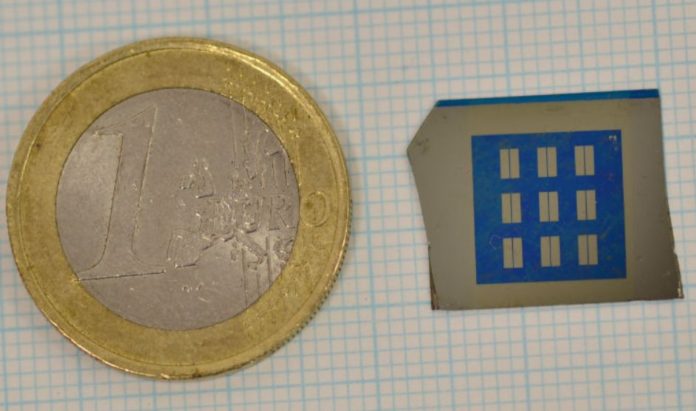A graphene-based frequency amplifier will allow the use of the elusive wavelengths of terahertz for communications, enabling revolutionary technologies.
Terahertz (THz) waves are located between microwaves and infrared in the light frequency spectrum, but due to their low energy, scientists have not been able to harness their potential.
The enigma is known in scientific circles as the terahertz gap.
Being able to detect and amplify THz waves (T-rays) would open a new era of medical, communications, satellite, cosmological and other technologies.
One of the most important applications would be a safe and non-destructive alternative to X-rays. However, until now, wavelengths, ranging from 3 millimetres to 30 picometers, have proved impossible to use due to the relatively weak signals of all existing sources.
A team of physicists has created a new type of optical transistor that works as a THz amplifier, which uses graphene and a high-temperature semiconductor.
The physics behind the amplifier responds to the properties of graphene, which is transparent and not sensitive to light and whose electrons have no mass. It consists of two layers of graphene and a superconductor, which traps electrons without graphene mass between them, like a sandwich.
The device, described in Physical Review Letters, is connected to a power source. When THz radiation hits the outer graphene layer, the particles trapped inside join the outgoing waves, giving them more power and energy than they arrived, amplifying them.
Professor Fedor Kusmartsev, from the Department of Physics at the University of Loughborough, said in a statement: “The device has a very simple structure, consisting of two layers of graphene and superconductor, forming a sandwich. When the light of the THz falls on the sandwich, it is reflected like a mirror.
The main point is that there will be more reflected light than the one that fell on the device. It works because external energy is supplied by a battery or by the light that hits the surface from other higher frequencies in the electromagnetic spectrum.
THz photons are transformed by graphene into electrons without mass, which, in turn, are transformed back into photons of THz reflected and energized. Due to such a transformation, THz photons take energy from graphene or battery, and weak signals from THz are amplified.
